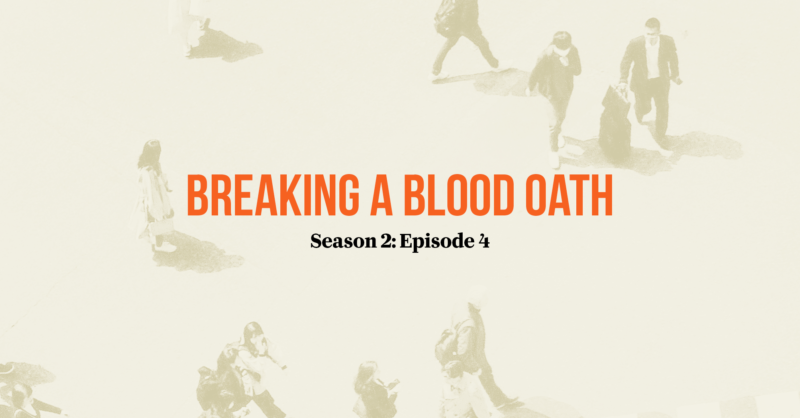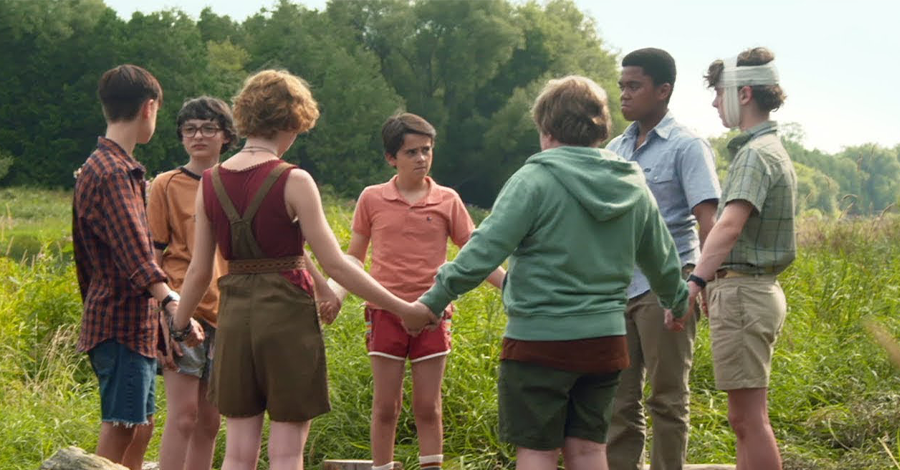
Swear the Blood Oath (2023) is a dark, atmospheric thriller steeped in gothic mythology. Set in a remote mountain village, the narrative revolves around three childhood friends—Mina, Luca, and Reina—who reunite after Luca’s mysterious disappearance. The trio revisits a pact they made as teens: to protect their community from an ancient vampire that stalks villagers at night.
The film’s strength lies in its ominous, oppressive mood. Directors Evangeline Cruz and Hiro Tanaka use muted colors and stark shadows to cultivate a sense of dread, punctuated by sudden bursts of crimson when the undead emerge. The village’s forested surroundings feel both protective and threatening, capturing a timeless quality.
Performances anchor the supernatural elements. Mina (played by Sofia Reyes) is fierce and driven—her unwavering determination to rescue Luca drives the plot. Nicola Wong’s portrayal of Reina is more nuanced; hesitant and introspective, she provides a necessary tension within the group. Luca (Michael D’Angelo) returns as a changed man—pale-eyed and haunted, torn between his humanity and a hidden, bloodthirsty compulsion.
The story unfolds slowly, focusing on mood and suspense rather than gore. Tension arises from the trio’s emotional history as much as from the creature in the shadows. As they investigate, they uncover grisly evidence of villagers drained of blood—always marked with the three-fingered handprint of their childhood oath. A twist reveals the vampire’s origin is tied to one of their ancestors, leaving the friends questioning their loyalty.
The film examines themes of loyalty, guilt, and the price of protection. Each character must decide whether the oath they took still holds true—or whether some promises can no longer be honored. The ending doesn’t wrap everything up; instead, it concludes on a knife’s edge, with Mina holding the artifact that sustains the vampire, and Luca looking at her with fading humanity.

Three years later, the story returns in Veil of Shadows, which begins amid a fragile calm. The artifact keeping the vampire sealed is hidden, but Mina’s nightmares suggest the barrier is weakening. When sinister murders begin anew, Mina is determined to confront a rising coven linked to the old vampire’s origin.
Luca, fully transformed into a reluctant creature of the night, becomes both ally and liability. Overwhelmed by his inner beast, he is drawn toward the coven’s rituals—rituals that threaten to break the veil between life and death. Reina, now a scholar of the occult, deciphers ancestral manuscripts that reveal a ritualistic “veil” meant to unite the living and undead world permanently.
The sequel expands the world beyond the village: the trio travels to cryptic mountain monasteries, silent cathedrals, and hidden caves filled with ancient crypts. The scope broadens, but the emotional core remains tightly focused on their fractured friendship. Mina must confront the possibility of destroying Luca entirely to save him—or of forging a new path for him among the shadows.
Visually, Veil of Shadows would go deeper into gothic scenery: torchlit rituals, drifting fog, and hallways lined with skeletal arches. Thematically, it asks whether blood ties can transcend transformation—and if oaths can cross the boundary between human and monster.
If done well, the sequel would elevate the original’s emotional stakes into a hauntingly powerful exploration of sacrifice, identity, and redemption. It’s the kind of supernatural horror that lingers long after the credits—and keeps audiences questioning: what price is too high for loyalty… and what oath can ever truly be unbroken?

/vidio-web-prod-video/uploads/video/image/8237931/deadman-trailer-b2b719.jpg)